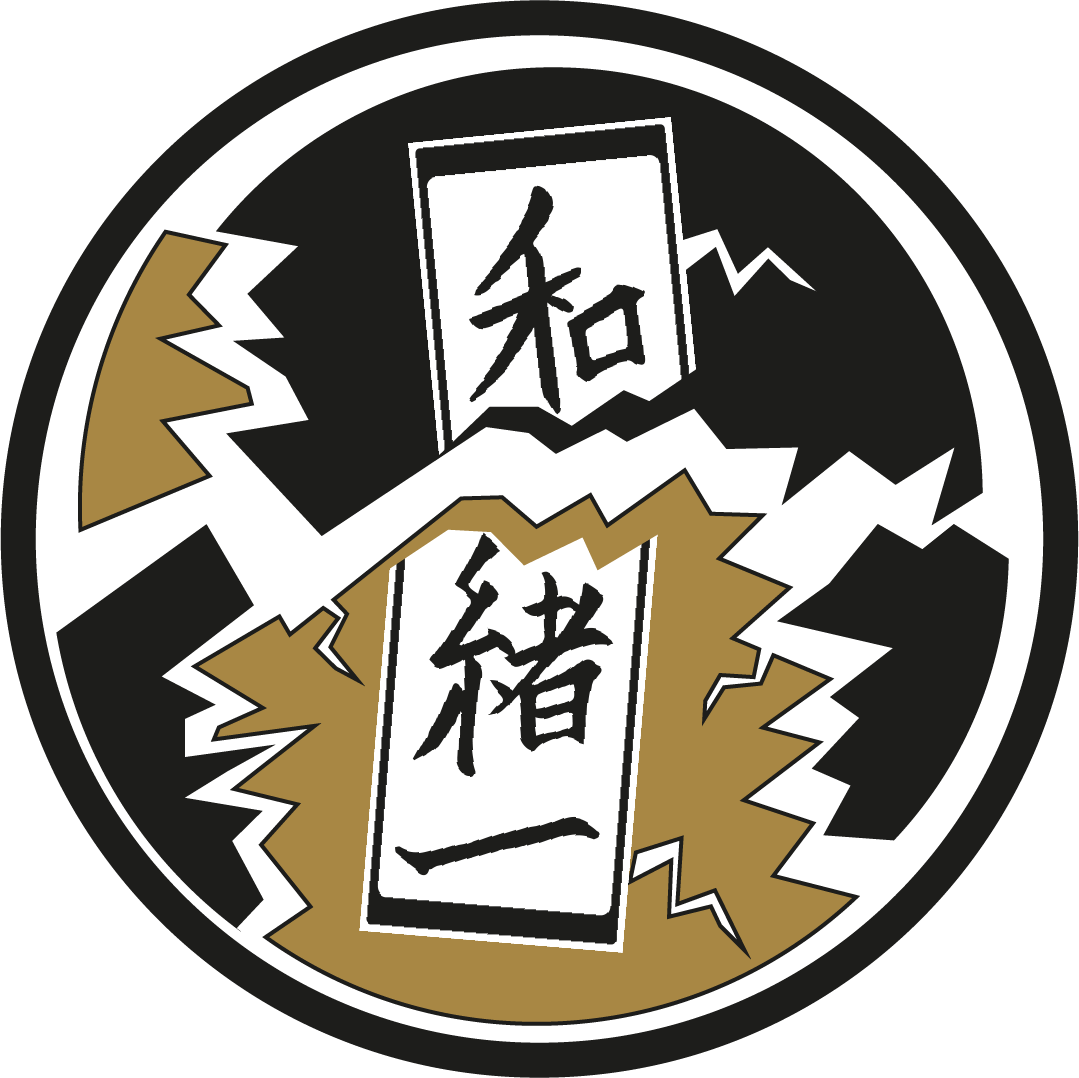Like Day and Night
Day and night seem to be clear concepts – however, there are also many other moments during the 24-hour period that we, humans, distinguish. It is good to know about these words to describe different moments in the day appropriately in a conversation or understand written texts and poetic expressions related to nature.
In Japanese, the most basic words to describe the time of the day are asa 朝 – morning, hiru 昼 – midday (although the word also refers to ‘daytime’), yūgata 夕方 – evening, and yoru 夜 – night. But there are many more.
Beginning with the word shо̄go 正午, which means ‘noon’, we have the time before noon, gozen 午前 (‘a.m.’), and after noon, gogo 午後 (‘p.m.’). So, if someone asks you when you usually wake up, you might answer: 普段起きるのは午前7時です - fudan okiru no wa gozen shichiji desu (‘I usually wake up at 7 a.m.’). In Japanese, midnight, 12 a.m., becomes hour zero – gozenreiji 午前零時, or is referred to as mayonaka 真夜中, the middle of the night.
Now let us go back to the very beginning. It all starts with the sunrise, hinode 日の出, which is followed by early morning, souchou 早朝. The beautiful moment of dawn has many names in Japanese, some quite elegant: akegata 明け方, yoake 夜明け (the end of the night), reimei 黎明 (which can refer metaphorically to the dawn of a new age), akebono 曙 (which happens to be the name of the first non-Japanese-born sumo wrestler to receive the highest rank of yokozuna), or akatsuki 暁, surely known to manga and anime fans as the name of the infamous organization from Naruto.
Then comes the aforementioned hiru, which can also be substituted with nicchū 日中, meaning ‘midday’.
Afterwards, when it gradually becomes darker, we are approaching the evening: yūgata, but also yūgure 夕暮れ, yū 夕or ban 晩 can be used to name this time of the day. You can also opt for the delicate yoi 宵, which is nowadays mostly used in the form koyoi 今宵 – ‘this evening’, ‘tonight’.
The moment of the sun setting behind the horizon inspired humans to come up with the following words to describe it: higure 日暮れ, nichibotsu 日没 and hinoiri 日の入り. After the sunset we can admire the magical dusk, which also stimulates the imagination. Twilight can be expressed with hakubo 薄暮 or hakumei 薄明 in Japanese, but also the interesting tasogare 黄昏, which is said to stem from tasokare 誰そ彼, meaning ‘Who are you?’, since it is too dark at this time of day to distinguish people’s faces. The word has its counterpart for daybreak, kawataredoki 彼は誰時, which again means ‘Who is he?’. Understandably, people feared nightfall and believed it to be the perfect moment for disasters, calling it о̄magatoki 逢魔時 – the time when you meet demons.
The night can be divided into several times as well. First it becomes yonaka 夜中, ‘middle of the night’, then turns to shin’ya 深夜, ‘late at night’, which is followed by mimei 未明, ‘grey of morning’. However, it is not that easy to distinguish the distinct hours these terms refer to. NHK research conducted on the basis of newspaper articles has shown that yonaka seems to mean between 11 p.m. and 2 a.m., shin’ya most often points to the period betweeen 12 a.m. and 2 a.m., while mimei is used to describe the time between 2 a.m. and 4 a.m., even though most dictionaries claim that mimei spans from 3 a.m. until sunrise. In the end, these terms can be rather arbitrary and a lot depends on the person using them.
Lastly, a special type of night, the one that does not end – the polar night – is called kyokuya 極夜 in Japanese, with kyoku 極 meaning ‘pole’ or ‘extreme’.
We hope you enjoy all the different times of the day and night and the extraordinary hues painted on the sky by light, perhaps having in mind some of the graceful Japanese words that describe them.
Written by AL

